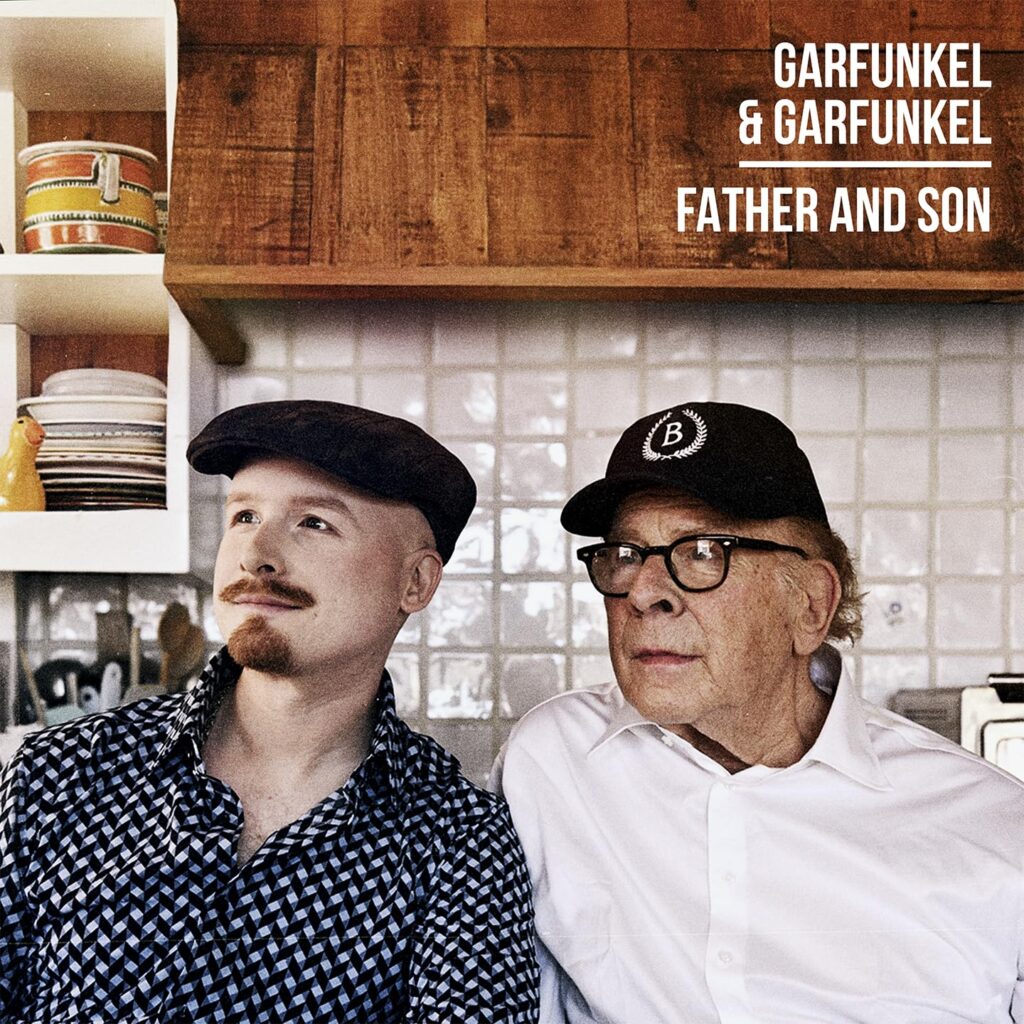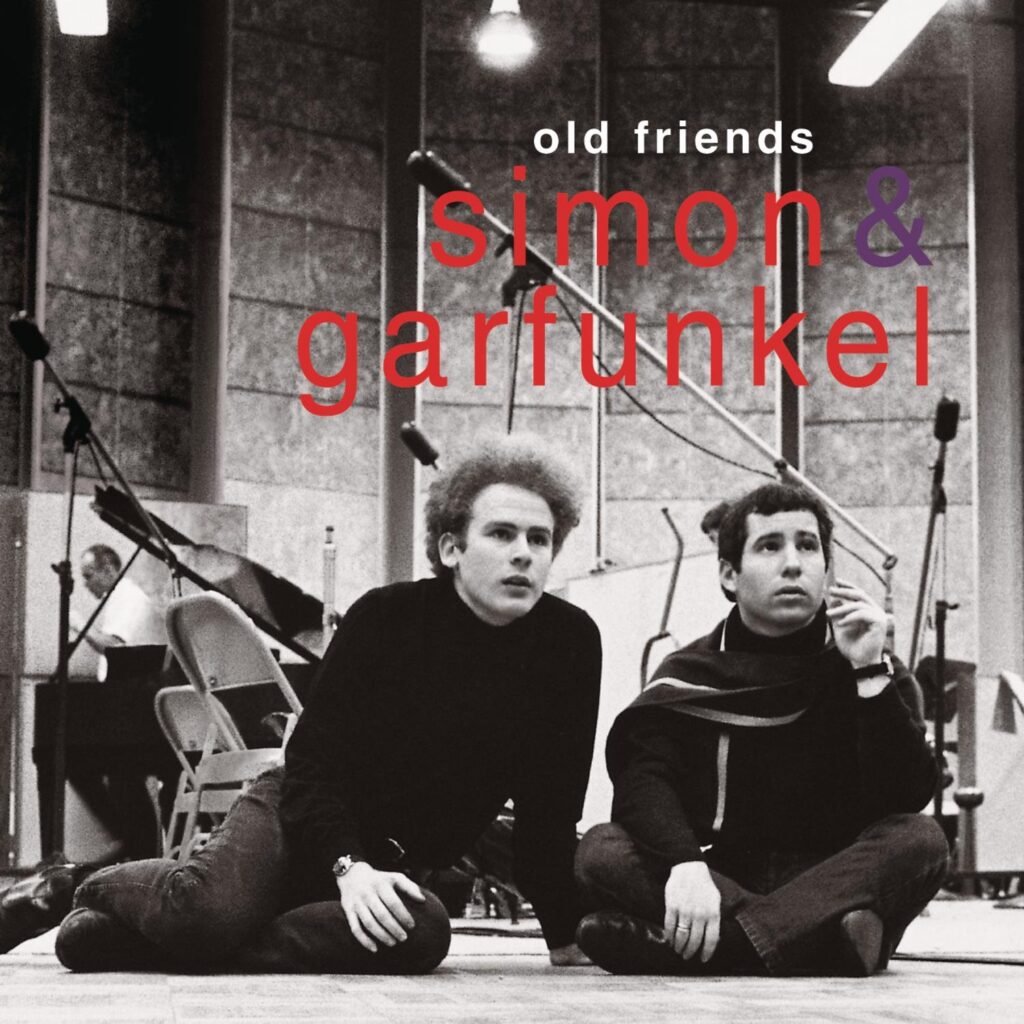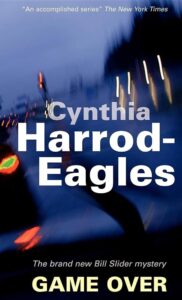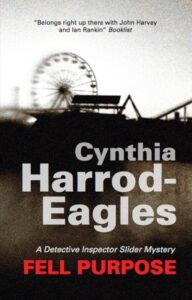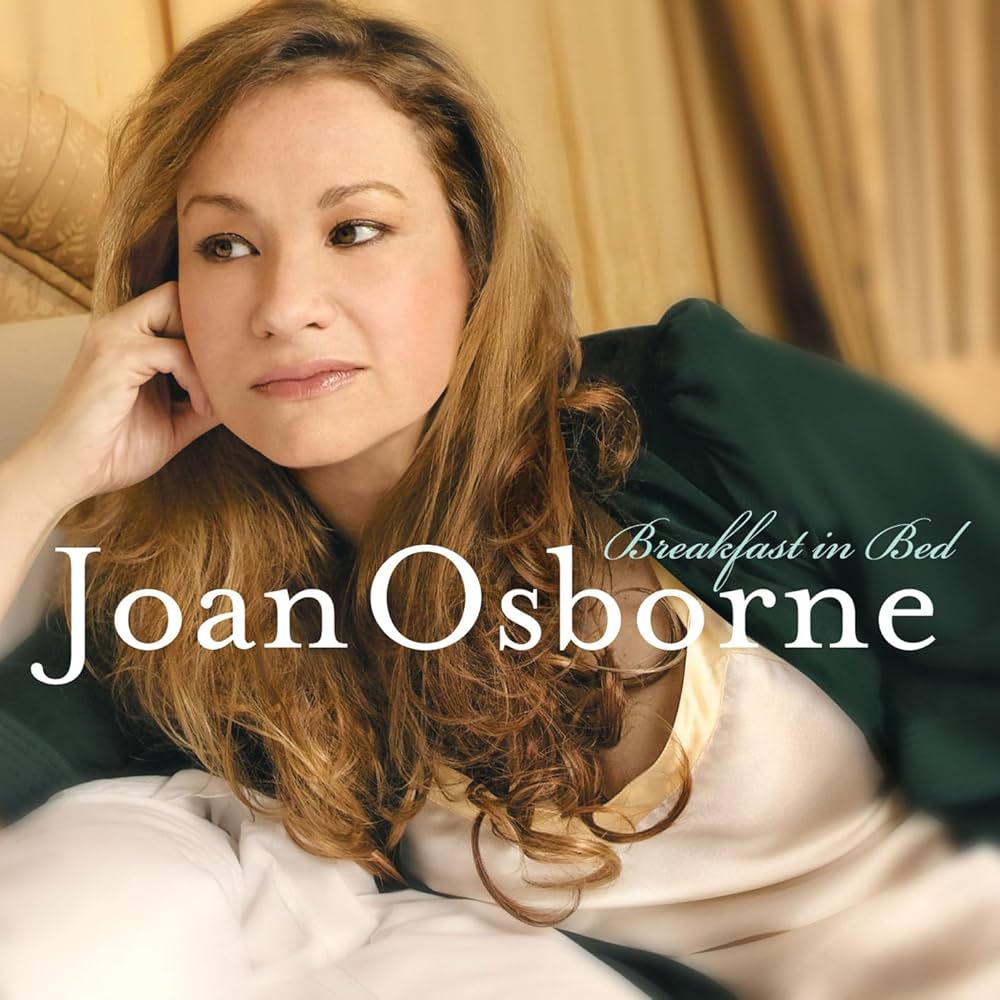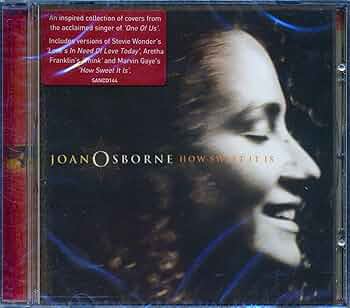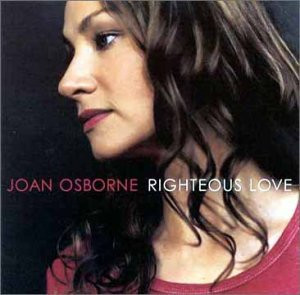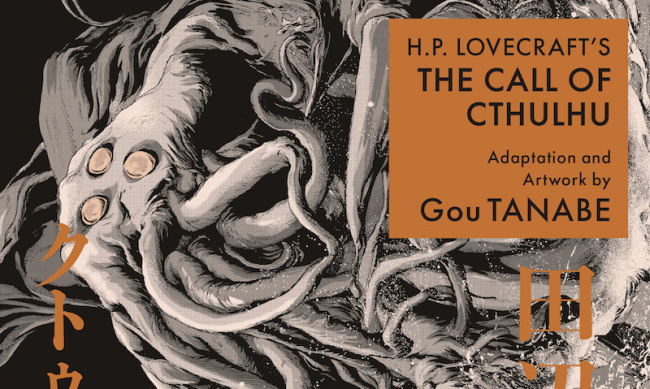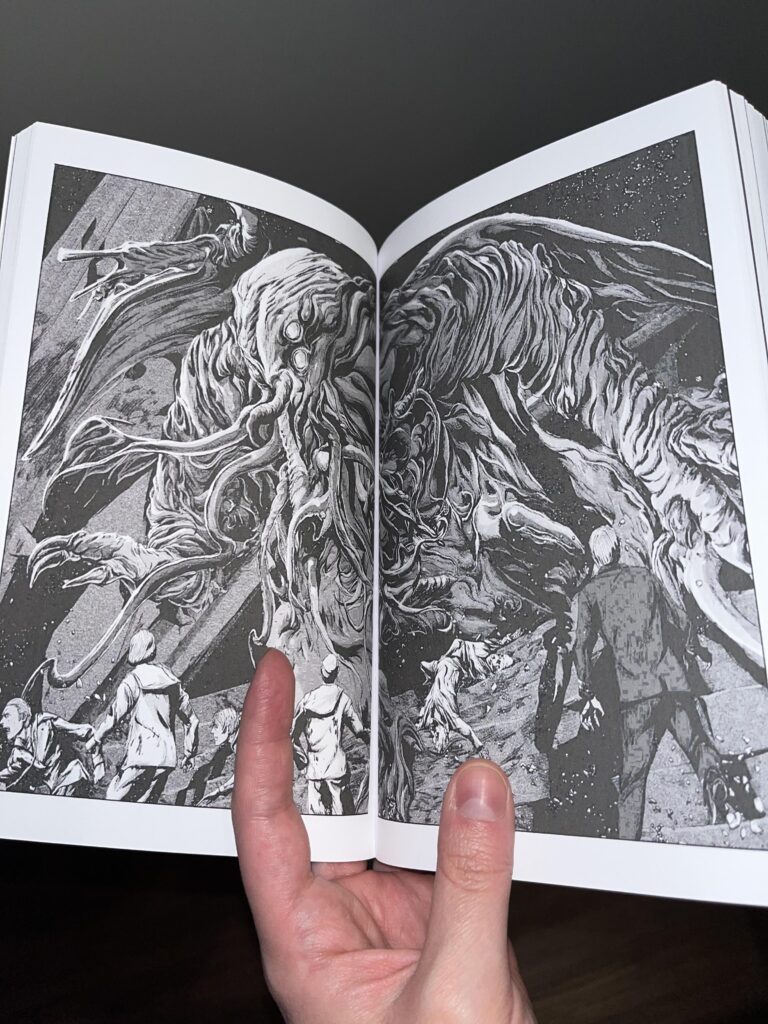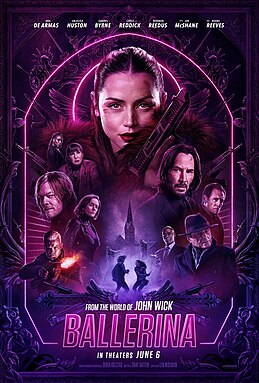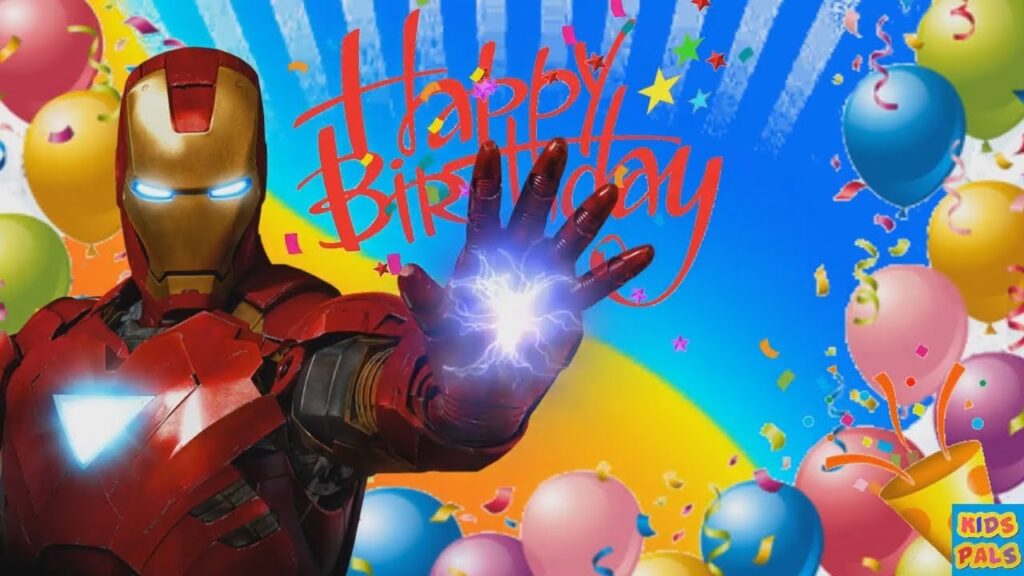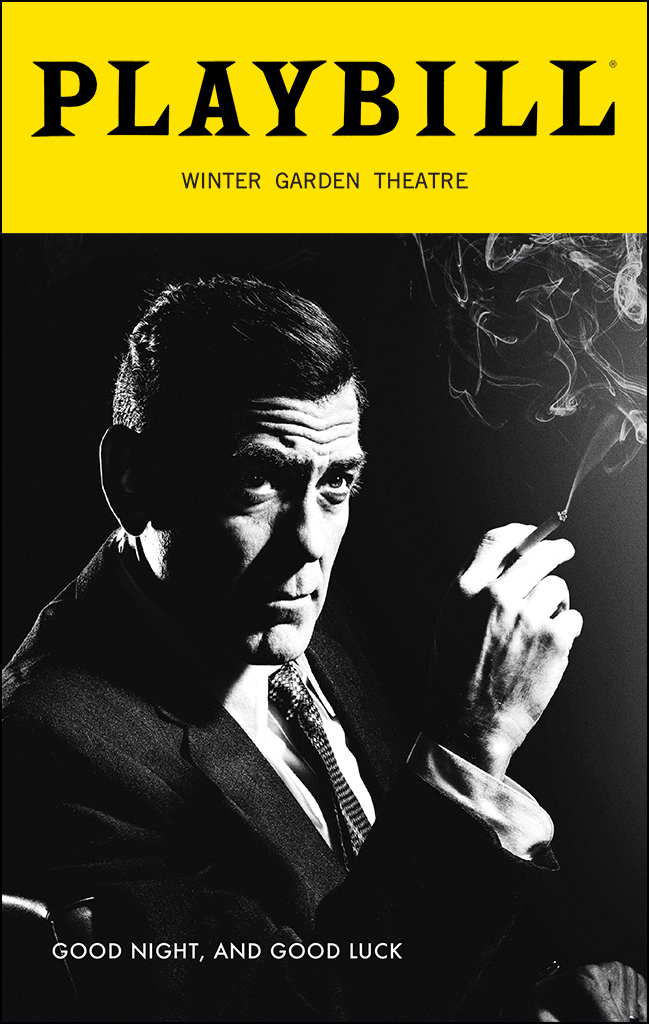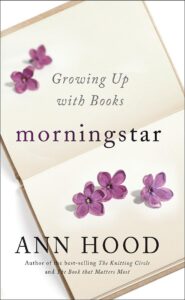

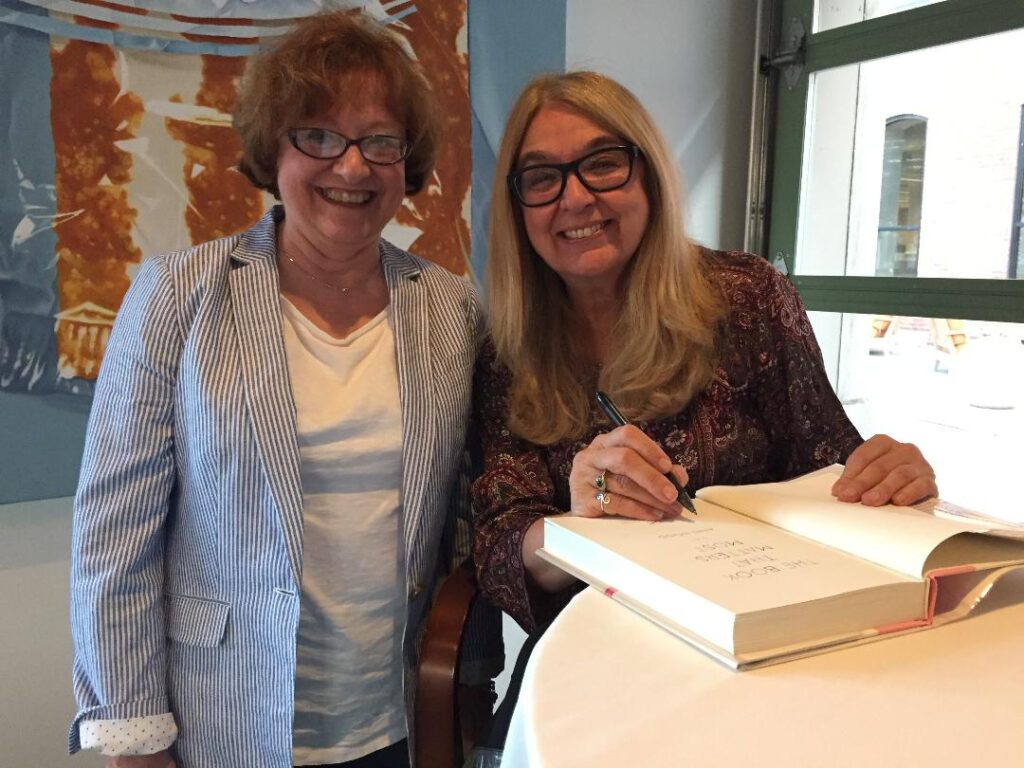
Diane and Ann Hood at Larkinville in Buffalo, NY Oct. 5, 2016. Ann Hood is signing The Book That Matters Most.
Patti Abbott recently reviewed Ann Hood’s Morningstar: Growing Up with Books (2017) (you can read Patti’s review here). I love books where writers discuss the books that affected them the most so I immediately ordered Morningstar.
“In 1967, when I was ten years old, our town finally got a library. I went there twice a week, walking past the children’s section and heading right for adult fiction.
I can still remember craning my neck to look at all those beautiful books. I whispered the writers’ names: Evan Hunter, Victor Hugo, Harold Robbins, Herman Wouk, Fred Mustard Stewart, Dashiell Hammett, Edith Barton, Dorothy Parker. So many books! At random I pulled one from the shelf. And then another. I fill my arms with books.
And then I read.” (p. 31)
Here is someone who really loves books! Sadly, Ann Hood did not get a lot of support or encouragement from her hardworking parents, especially her mother. “She [Hood’s mother] had dreamed of a beauty-queen daughter, a cheerleader, a popular girl. Instead she got me, a pageant dropout after just two trophies, too clumsy to be a cheerleader or playground star…” (p. 20)
Other than a Third Grade teacher who allowed Ann Hood to stay inside during Recess and read, teachers pretty much ignored her and her passion for reading. “When my ninth-grade guidance counselor asked me what I wanted to do with my Life, I told him I wanted to be a writer. Mr. Stone, in his brown corduroy suit and tinted aviator glasses, shook his head sadly, ‘Ann,’ he said, ‘people don’t do that.’
My eyes drifted to the shelves against the wall. ‘Then how do we get all these books?’ I asked.
Mr. Stone placed at the books for a moment, then told me, ‘All those writers are dead.'” (p. 51)
Despite little support or encouragement for her writing aspirations, Ann Hood–powered by all the books she was reading–managed to succeed with the advice of John Steinbeck and Grace Haley. Her first novel was published in 1987 and she’s been writing ever since.
Morningstar, chapter by chapter, shows how the writers Ann Hood read shaped her dreams and aspirations. Hood’s mother called her “weird” but Ann showed her and all the doubters she was something more…a lot more. Don’t miss this inspiring book! GRADE: A
TABLE OF CONTENTS:
Introduction: Growing Up with Books 13
Lesson 1 How to Dream: Marjorie Morningstar by Herman Wouk — 33
Lesson 2 How to Become a Writer: The Bell Jar by Sylvia Plath — 45
Lesson 3 How to Ask Why: Johny Got His Gun by Dalton Trumbo — 64
Lesson 4 How to Buy Books: Love Story by Erich Segal — 80
Lesson 5 How to Write a Book: The Grapes of Wrath — 91
Lesson 6 How to Fall in Love with Language: Stanyan Street and Other Sorrows by Rod McKuen — 107
Lesson 7 How to Be Curious: A Stone for Danny Fisher by Harold Robbins — 121
Lesson 8 How to Have Sex: The Harrod Experiment by Robert H. Rimmer — 139
Lesson 9 How to See the World: Doctor Zhivago by Boris Pasternak — 157
Lesson 10 How to Run Away: Rabbit Run by John Updike — 172
Acknowledgments — 185
